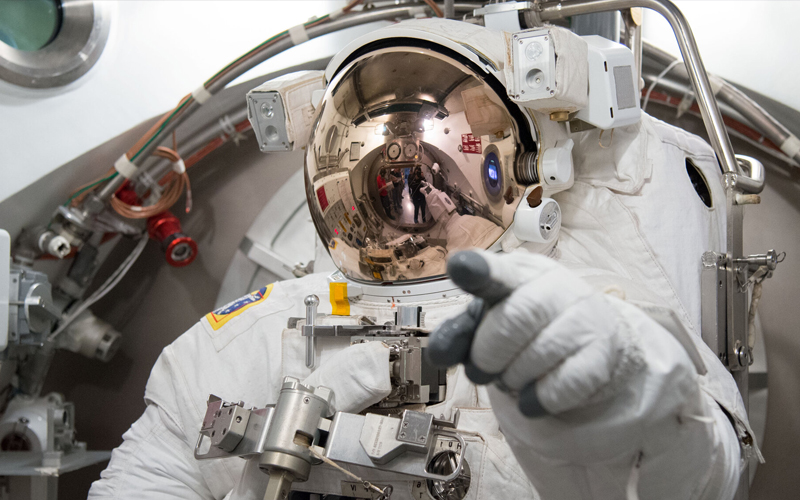
The European Space Agency has announced that astronaut reserve Marcus Wandt will fly aboard an Axiom Space flight to the International Space Station. With the announcement, Wandt has become the first of the newest ESA astronaut class to secure a seat on a spacecraft heading for space.
ESA opened up applications for a new class of astronauts in 2021. The call received a record-breaking 22,500 applications from the agency’s member states. In November 2022, the agency announced five career astronauts, 11 reserve astronauts, and one parastronaut who be part of a feasibility study that will examine the potential for individuals with disabilities to serve as ESA astronauts.
Marcus Wandt from Sweden was selected as one of the 11 reserve astronauts. Wandt’s reserve status has not stopped him from being the first of the new class to be officially assigned a seat aboard a mission. This strange arrangement is made possible thanks to funding that is outside ESA channels.
In April 2023, the Swedish National Space Agency signed an agreement with ESA and Axiom Space for a future mission to the ISS. Although the deal to get a Swedish astronaut into orbit was done in conjunction with ESA, financing for the mission will be borne by the Swedish Space Agency in conjunction with the Swedish Space Corporation, and the Swedish Armed Forces. Swedish companies Saab and FAM will also be involved as co-financiers.
“The ESA Astronaut Policy was developed for exactly these opportunities, flying on commercial flights in partnership as we transition Europe’s access to space and diversify the space market,” said ESA Director General Josef Aschbacher in April. “I hope to see more European inside ESA’s space laboratory Columbus on the International Space Station soon.”
According to ESA, Wandt joined the European Astronaut Corps on 1 June as an “ESA project astronaut”, a position he will hold for the duration of his mission duties. He has already begun the intensive training required to ensure his readiness for the mission.
There are currently no specific details on when the mission is expected to take place with ESA inviting media to an event on 16 June to discuss it further. The mission is, however, expected to last around 10 days.




